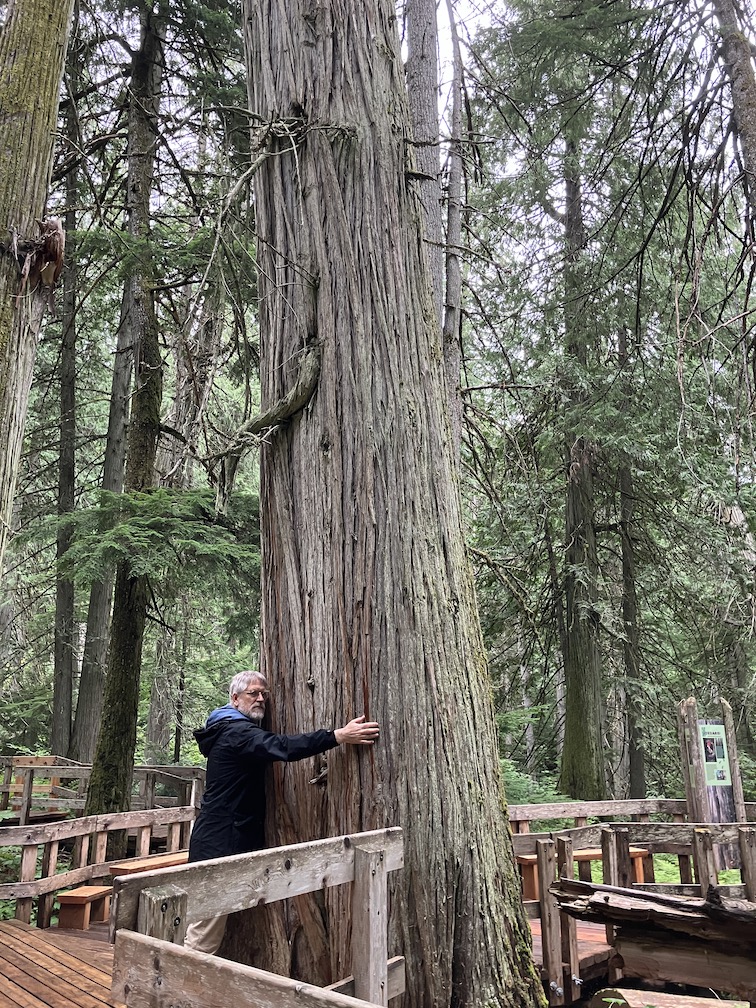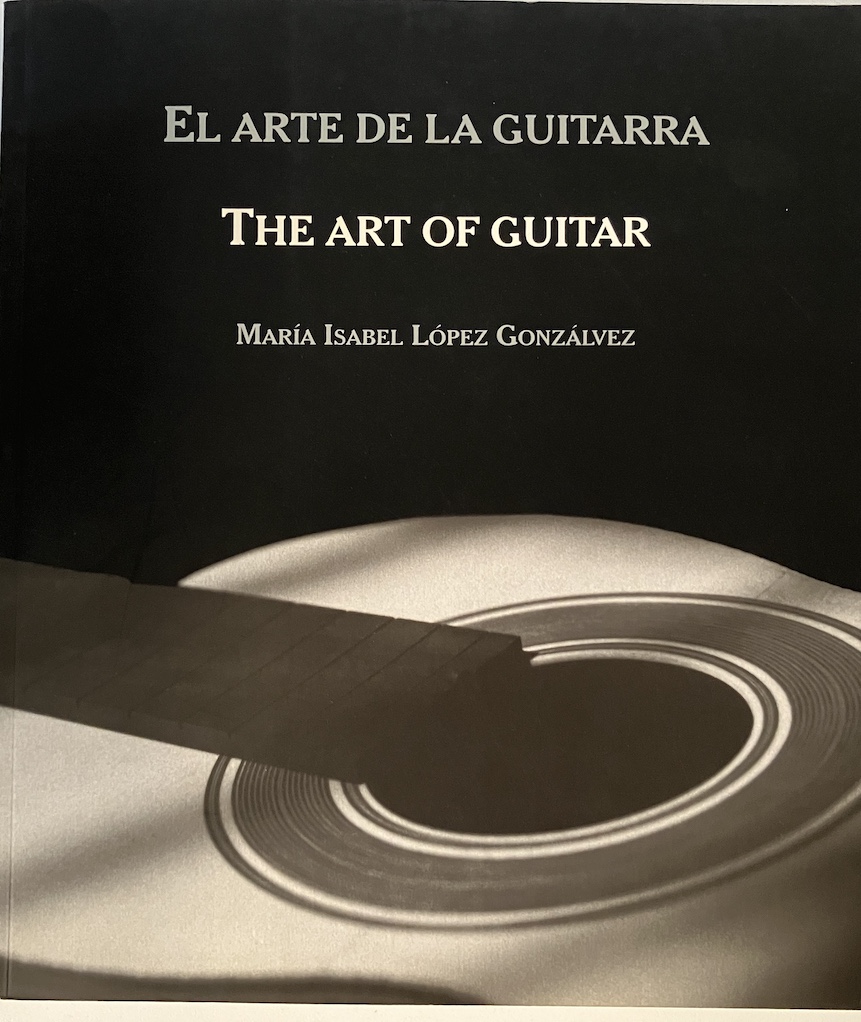I had a great mentor as well as some financial help when I started to get serious about making guitars. I was encouraged to buy wood for the future and so as often as I could I travelled to Valencia for tops, backs, sides, necks and everything else that goes into a guitar. As time passed I was able to buy more wood on each trip and in 2002 and 2003 a made some very large purchases. I know that some of you are struggling to get the wood you need for the next guitar but if at all possible do buy as much as you can manage at least to the point where you can someday work with 10-year old wood. Having the wood season in your shop is the very best thing you can do for the sound and the stability of your guitars. The photo shows what might be the very last set of Indian rosewood that is marked with the year 2002. 
Tag Archives: guitarmaker
Canadian Cedar
I make most of my guitars with european spruce for the top mostly because my clients seem to like it. I have used sitka spruce a few times with good results and of course lots of canadian cedar for classicals. I like cedar tops a lot but I don’t tend to use them on flamenco guitars that I make even though the two that I did make turned out great. I wonder if I should try another and break my prejudice about cedar. Maybe part of what I don’t like is cedar with cypress – because I tend to prefer cypress for flamenco guitars.
Here are some reasons to use cedar: The availability is good given that trees are large and grow quite straight. It can be very stiff and light. You don’t need to worry about colouring the finish (if you worry about that sort of thing). I do, I like a bit of colour on a top. Again because of the size of the trees it is quite easy to find a top with uniform grain. I don’ think that is very important but more and more often buyers are looking at aesthetic qualities of the top wood because they wrongly believe that this affects the sound. The world would be a happier place if people trusted us to do the best we can and then trusted their ears and fingers when searching for a guitar.
Granada and the Traditional Guitar
The latest version of the Granada Guitar-makers book is now available from the retailers in this link: CLICK
Guitar books Available
As well as the second edition of the book about Granada guitar-makers, I have also sent out copies of “The Art of Guitar”. This book was published in 2006 but has not been easy to find due to distribution issues. It is little more than photos of myself working in my workshop. The text is minimal. However, there are techniques illustrated that you might find useful and the photos are lovely. You can find it here The Art of Guitar
And here The Art of Guitar
Of course the international distributor for the other book also has this one. Maderaguitarras.com 
El libro de los guitarreros
Esta página es muy útil para buscar una librería donde comprar este libro en España. https://www.todostuslibros.com/libros/la-guitarra-tradicional-en-granada_978-84-09-62794-3 . Pinchar en Ver disponibilidad.

